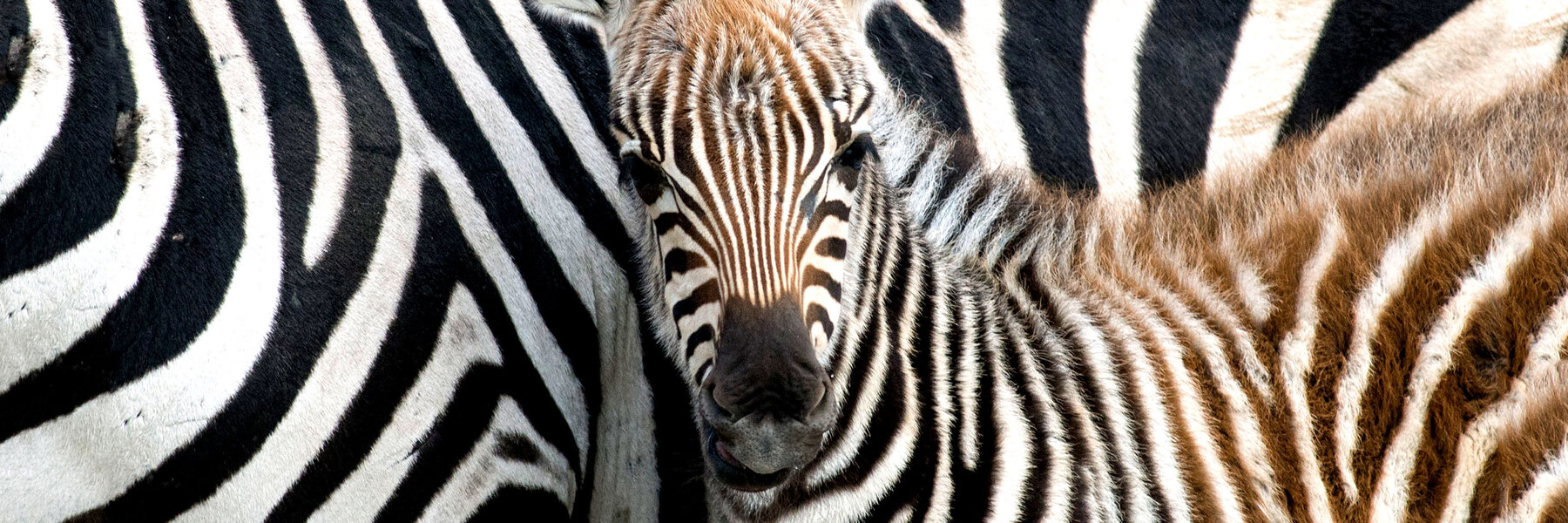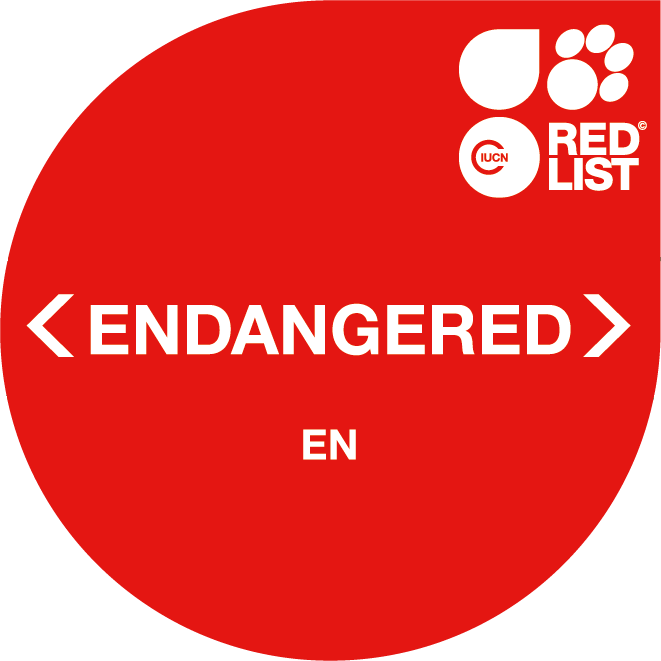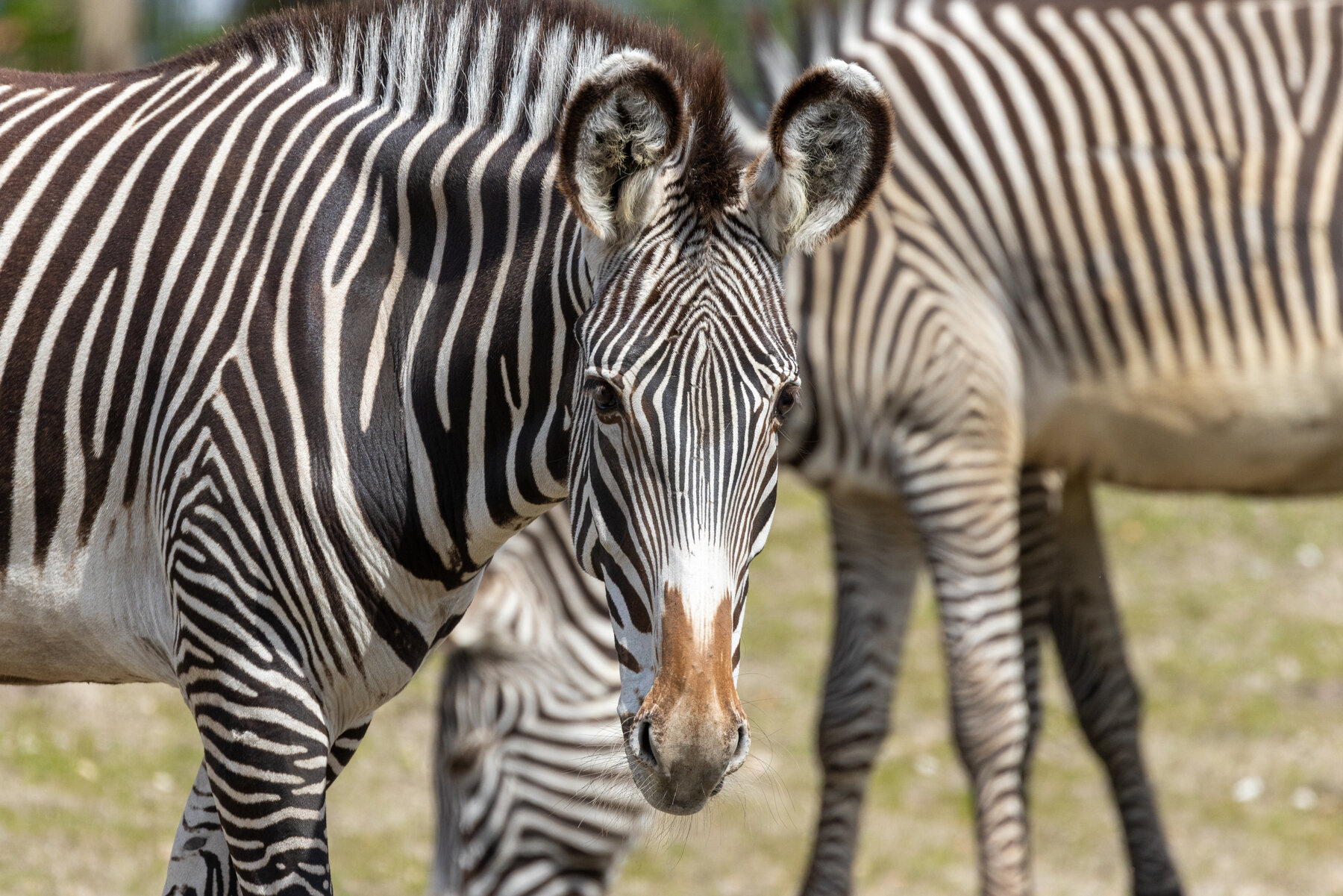
Grévy's zebra
Equus grevyi
You only find the striking patterns of the Grévy's zebra in Kenya and Ethiopia these days. This species was once found in Ancient Egypt at the time of the Roman Empire, which goes to show that they were once prevalent in Northern Africa. Strict conservation measures protect the last surviving animals of today.
Striped trio
It is hard to believe, but the world's largest equine animals are actually not horses, but zebras. Grévy's zebras belong to the order of the Perissodactyla and are especially popular because of their distinctive black and white striping of their fur in addition to their long ears. There are three types of zebra: the Grévy's zebra, whose home is the semi-deserts of East African, the plains zebra and the mountain zebra, native to Namibia and South Africa.
Charakteristics
- Origin
Eastern Africa: Ethiopia and northern Kenya
- Habitat
dry grassland and bushland
- Diet
Grasses and leaves
- Status
approx. 2000 to 2500 in the wild
- Size
approx. 3 m head-body length, 1.50 m shoulder height
- Weight
350 to 450 kg
- Gestation period
approx. 13 to 15 months
- Achievable age
approx. 25 years
Threat Categories of IUCN


Wild horses
The Grévy’s zebra is not only the largest of all zebra species – it is the largest living wild equine. Its stripes are narrower and closer together than those of other zebras. Young animals are born with brown stripes that become darker brown or jet black by the time they reach adulthood.
Zebra stripes – none are alike
The Grevy's zebra has a very narrow black and white striping of the fur in comparison to other species of zebra. The pattern here is as unique to each animal as finger prints are to us humans – no two patterns of fur are identical across the species. The striping really does act as the perfect invisibility cloak because it disbands the body contours from long distances in shimmering heat. Zoo Berlin supports the development of a stripe database for monitoring individual zebras in Kenya.
Did you know that ...
... Grévy's zebras have the prettiest and densest pattern of stripes,
... they can reach a speed up to 80 km/h when chased,
...Grévy’s zebras can go up to five days without drinking.

